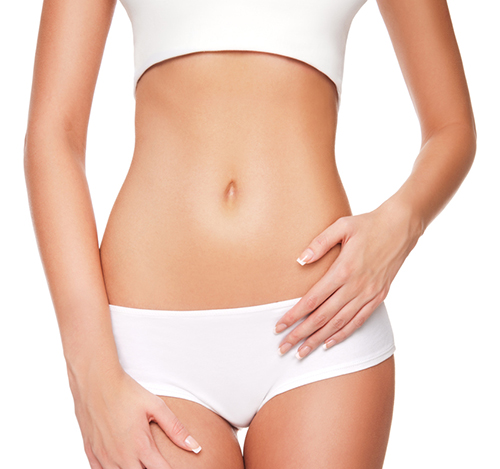Liposuction
Jump to:

Liposuction is the reduction of fat below the skin. It is also called lipoplasty and body contouring. Lipo is a surgical procedure that uses medical suction to remove fat from areas of the body like the hips, thighs, abdomen, buttocks, arms, and neck to shape and contour them.
It involves a tube that reduces tunnels of fat without damaging blood vessels or needing skin removed. It can be combined with skin removal procedures such as abdominoplasty or other lifts or is done alone. To be done alone, the skin must be of good quality and not have much laxity.
Who Is a Good Candidate for Liposuction?
Fat accumulation is a common problem that many people face in their life. It can be caused by several reasons, such as pregnancy, genetics, medications, and lifestyle choices.
A healthy lifestyle that includes nutritious food and exercise can help reduce the fat that is accumulated in several parts of the body. But sometimes, getting rid of stubborn fat may need medical intervention in the form of liposuction.
Liposuction is not suitable for everyone. There are several constraints that your doctor will discuss with you, including the following:
- You must be in overall good health and must not have any underlying health conditions.
- You must not be a smoker, or you must be willing to quit before the surgery.
- You must have realistic expectations.
- You must be within 30% of your ideal weight.
- You must have firm and elastic skin, as well as good muscle tone.
It is vital to remember that the procedure is not an obesity treatment and is not used for weight loss. Instead, it is specialized to instantly reduce small stubborn pockets of fat.
Liposuction Methods to Consider
There are several methods of liposuction to consider. Tumescent liposuction involves infiltrating fluid with lidocaine and epinephrine which reduces blood loss. It is the standard at this time and used by most surgeons all over the world.
Laser liposuction and ultrasonic liposuction are also promoted but have not been shown in studies to be safer or better results. First-generation machines that either freeze or melt the fat are now available but the average reduction is small and still costly. Tumescent liposuction remains the best option for most patients.
The Liposuction Consultation
The lipo procedure starts with a consultation with your surgeon, who will determine whether you are a suitable candidate. Your surgeon will review your complete medical history, including your current medical condition, any allergies you may have, and your family medical history to determine whether you are a suitable candidate.
A liposuction technique will be suggested based on your health, the amount of fat accumulated, and the location of the fat. A treatment plan will be made that will include the treatment areas, treatment technique, amount of fat to be removed, incision points, and post-procedure care.
The Liposuction Procedure
At the start of the fat reduction procedure, the treatment area is cleaned using an antiseptic and the incision points are marked. Anesthesia will be administered to make sure that you are comfortable throughout the procedure. Incisions will be created and the fat will then be removed.
Liposuction, except in rare cases, is limited to about 5 liters of fat at one operation. It is not a weight loss operation, and can only be used for external fat beneath the skin. It cannot be used for deep belly fat.
Liposuction best treats stubborn bulges such as the outer thighs. Other common areas include love handles or flanks, abdomen, inner thighs, and knees. Other areas include the neck in younger patients, arms, and the upper back. Any area treated has to have good skin elasticity, otherwise the skin will not contract and hang as loose skin. When loose skin exists, other procedures are necessary such as a tummy tuck, or neck lift.
The risks include dimpling, dents, and loose skin. The procedure does not buff or smooth the skin.
